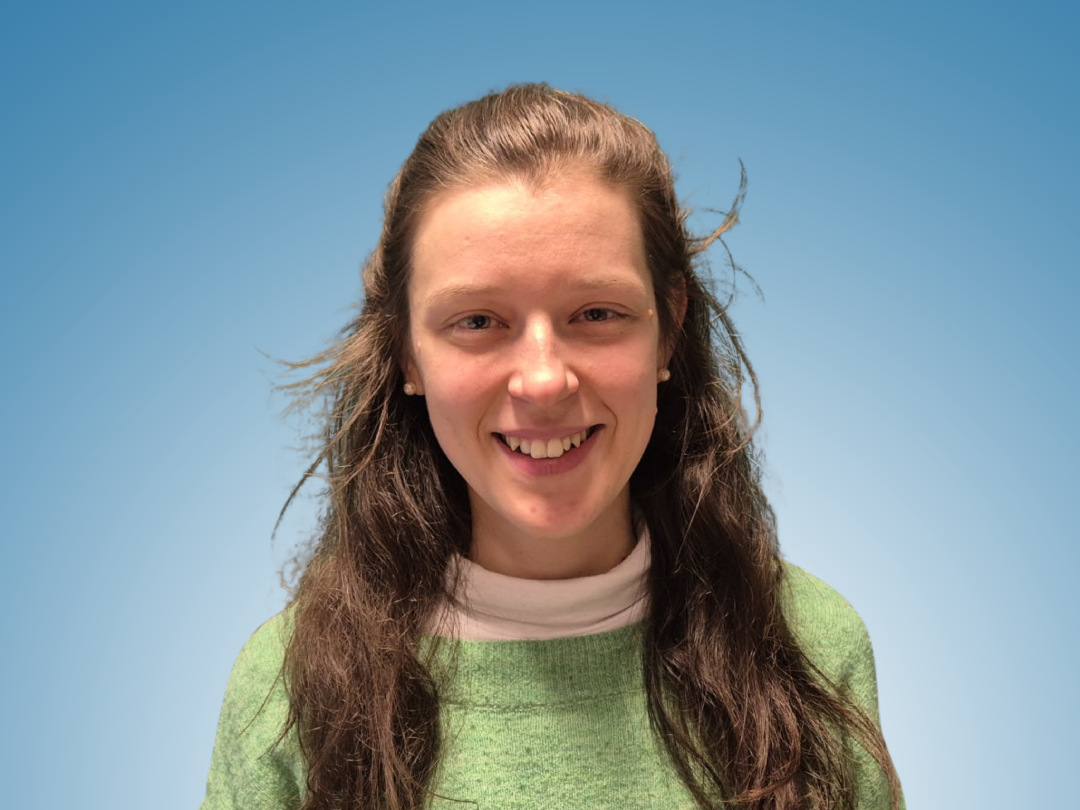What is hydrography?
Hydrography is the science of measuring and mapping bodies of water—rivers, lakes, seas, and oceans. Hydrographers collect data on water depth, seabed shape, and the position of coastlines and navigation routes. This information is vital for safe navigation, environmental protection, and the development of maritime infrastructure.
To gather these measurements, professionals use modern tools like sonar systems, GPS, and unmanned survey vessels. These datasets are often paired with geospatial information to generate detailed maps and 3D models of underwater environments.
Hydrography has wide-ranging applications. It plays a key role in building offshore wind farms, maintaining ports, and monitoring coastal change. As climate change and rising sea levels increase the demand for accurate water data, hydrography is more important than ever.
Simply put, hydrography is essential for anyone working at the intersection of water, technology, and spatial data.
What will you learn in this blended learning course?
This introductory course shows you how precise measurements lead to meaningful insights into aquatic environments. As you move through the course, you’ll learn to use echo sounders, multi-beam sonar, and GPS technology in real-world contexts like coastal management, navigation, and environmental monitoring.
Throughout the training, theory and hands-on practice are closely integrated. You’ll develop a clear understanding of how hydrographic tools work, how to gather reliable measurements, and how to turn that data into useful, actionable results. These skills are applied directly in realistic scenarios—such as port development, river mapping, and shoreline change tracking.
Alongside the technical skills, you’ll work with geospatial methods to create accurate underwater maps and 3D models. Since all activities are rooted in practical, real-world tasks, you’ll build a strong sense of how hydrography operates in professional settings. By combining technical understanding with applied skills, you’ll be ready to support smarter, more sustainable decisions in the water sector.
Why choose this hydrography basics course?
Blended learning gives you the best of both worlds—live interaction and flexible, self-paced study—so you can build real, job-ready skills in hydrography. In this course, you’ll learn how to use modern measurement tools and transform raw survey data into clear, geospatial insights.
To start, we begin with a live virtual session where you’ll immediately work with real hydrographic data. With expert guidance, you’ll explore sonar principles, operate essential survey tools, and understand how hydrographic data is used to map the underwater environment.
Next, in the self-paced modules, you’ll dive deeper into core topics like water depth analysis, data cleaning, and map interpretation. You’ll also discover how to integrate field data with GIS software to support practical projects such as harbor development and coastal monitoring.
After that, a second live session allows you to apply everything you’ve learned. You’ll complete realistic hydrographic scenarios, troubleshoot common issues, and receive feedback to fine-tune your approach.
Importantly, the course follows a case-based learning model. You’ll create practical outputs—such as seabed maps and depth profiles—that you can immediately apply in your own work.
By combining flexible learning with expert support, this course helps you move beyond theory. In the end, you’ll gain the skills and confidence to collect, analyze, and apply hydrographic data in real-world settings—where precision and insight make all the difference.
